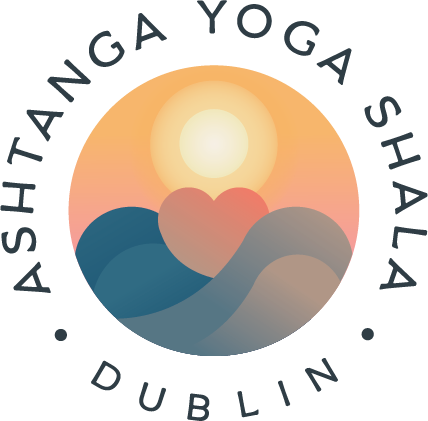Lovers and Fighters. The Power of the Breath
Yoga is a radical path. The dedicated practitioner of yoga has made a decision to take full responsibility for their own physical well-being, their own emotional and mental health, and has decided that these things are important enough to spend time cultivating.
To one who doesn't practise yoga, it may seem that a yogic life is one of many restrictions (getting up early, restricting unhealthy foods and alcohol, spending many hours on yoga practice) but once they practise yoga for a while they start to realise that true freedom comes from the ability to control one's own impulses, to be equanimous in all situations, and to be the master of one's own vitality.
When we practice yoga for a long time, without interruption, we gain the ability to control our inner world with greater ease and, when our inner world is calm, the chaos and tumultuousness of the outside world has less of an impact on our emotional well-being.
The key to this inner calmness is that which connects the inner and outer worlds; namely the breath. When we control our breath, we control our minds.
I was recently listening to a podcast with legendary Brazilian Jiu-Jitsu fighter Rickson Gracie. Rickson Gracie, it seems, is universally regarded as the greatest practitioner of Brazilian Jiu-Jitsu that there's ever been. His mastery of that art is, of course, due to many factors but one thing that he is very clear about is the huge advantage he had over his competitors because of the breath-control (pranayama) practices that he learned from yoga teacher, Orlando Cani, with whom he studied for many years. Gracie says about learning to control his breath:
“Sometimes when I make my routines, I get in a very special stage of meditation. And this is beautiful because I’m able to exercise and totally clean my mind and keep myself in the present moment. When you control your breath, you can actually control yourself mentally and physically. You can really understand your fears and your emotional stress”
He also mentioned in an interview how, when he was preparing for a fight, he would sit in the changing room and practice these pranayama techniques. Then, he says, when he would arrive into the ring, his heart rate would be at 60 to 65 beats per minute. His competitor would already be anxious and Gracie knew that already the other guy's heart rate would be in the 90s. As the fight got underway his own heart rate might rise to 90 when his opponent's was at 120; when he was at 120, his opponent was at 160 and when he reached 160 his opponent's heart rate would peak and he would start to get exhausted and make mistakes.
So the ability for him to control his breath and therefore his heart, and ultimately his mind, through the practice of pranayama gave him a huge advantage in every competition he ever entered.
If we look at another trailblazer in our modern world, Wim Hof, we can also see the influence of ancient yogic practices.
I absolutely love how Wim Hof has reinterpreted these ancient practices to speak to our modern, western sensibilities, but fundamentally he is encouraging us to practice exactly what the ancient yogis knew; breath control and cold exposure. The pranayama practices in the yogic tradition can be complex and even complicated to learn and to practice and I think Wim Hof has realised that this is a barrier for most people to learn them. So, when he teaches breath control, it seems, he doesn't emphasise the small details. Instead, he says, it doesn't matter if you do this breathing exercise while breathing through your mouth or through your nose, just do it!
Also, there is the practice of Tummo meditation, the most remarkable of which is when Tibetan monks in the Himalayas wrap themselves in very large cotton sheets which have been soaked in the glacial water that comes off the mountain. These icy sheets are wrapped around their bodies many times and, through meditation and pranayama they are able to raise their core temperature and dry the sheets from the inside. Pretty wild huh?!
Wim Hof was a student of yoga for many years and even taught himself to read and write Sanskrit so that he could understand the Upanishads, Baghavad Gita and Vedas (in fact you can see him on YouTube talking about a manuscript he wrote on yoga as far back as 1988). He says that he learned so much about yoga and Hindu culture but, after many years, he realised that he needed to reinterpret the teachings in order for his western mind to fully understand them.
Nonetheless, we can see the obvious through-line from very old yogic practices to the Wim Hof Method that he now teaches.
For both Rickson Gracie (a fighter) and Wim Hof (a bringer of love and compassion), breath control, stemming from old yoga systems, is a very strong component of their art.
When we control our breath, we control our mind, and when we control our mind we become the masters of our own lives.

